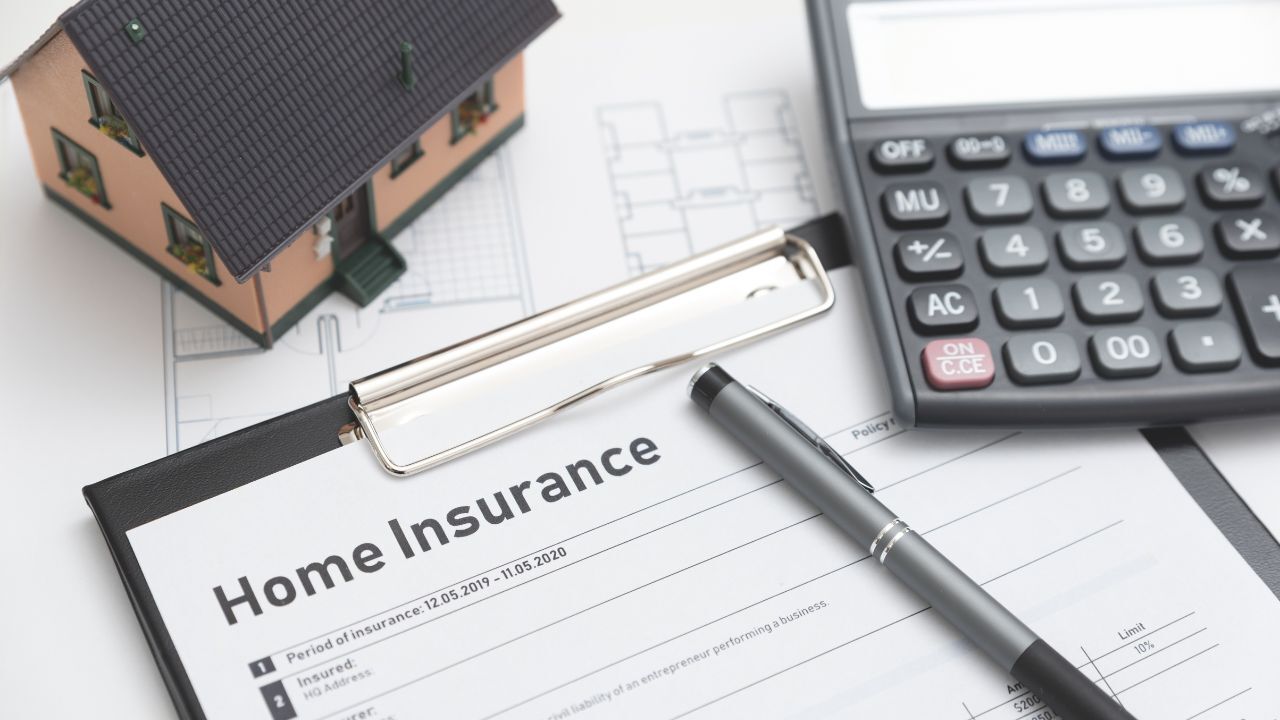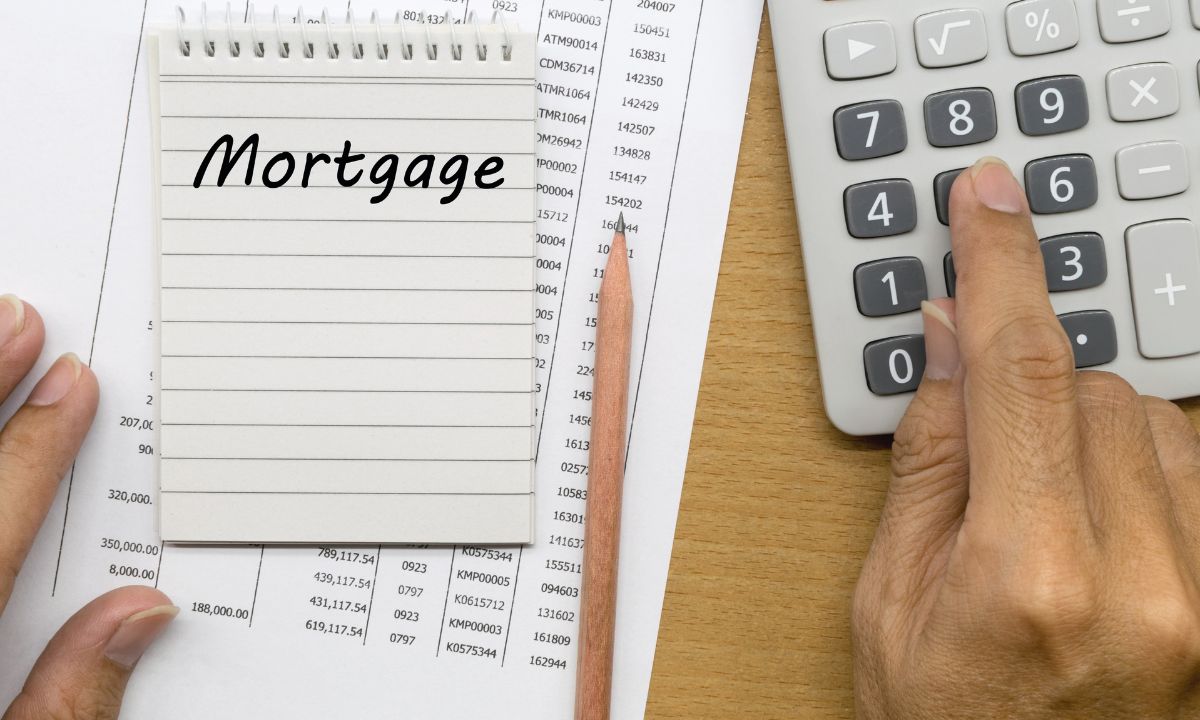How to Avoid Overpaying for Homeowners Insurance with Your Mortgage
 When you buy a home with a mortgage, homeowners’ insurance is not optional, it is required. Lenders need to know the property is protected, and you need the peace of mind that comes with knowing your largest investment is covered. The challenge is that many homebuyers end up paying too much for their policy without even realizing it. With a little preparation, you can avoid overpaying and make sure your insurance matches your true needs rather than one size that fits all approach.
When you buy a home with a mortgage, homeowners’ insurance is not optional, it is required. Lenders need to know the property is protected, and you need the peace of mind that comes with knowing your largest investment is covered. The challenge is that many homebuyers end up paying too much for their policy without even realizing it. With a little preparation, you can avoid overpaying and make sure your insurance matches your true needs rather than one size that fits all approach.
Understand Why Lenders Require Insurance
Lenders require homeowners’ insurance because the home is the collateral for the loan. If a major disaster happens and the home is damaged, the lender wants to be sure there is enough coverage to repair or rebuild the property. This requirement protects you as well, since you would otherwise be responsible for costs that could run into the hundreds of thousands. Understanding this helps you approach insurance with confidence rather than stress.
Compare More Than Just the Monthly Premium
Many home buyers look only at the monthly price when choosing an insurance policy, and that is one of the most common mistakes. You also need to compare deductibles, coverage types, replacement cost options, and exclusions. A policy with a low premium can sometimes leave major gaps that would cost much more later. Take time to review quotes side by side and ask for all fees and optional additions to be explained before you agree.
Know the Right Coverage Level for Your Home
Your coverage amount should be based on what it would cost to rebuild the home, not what you paid for it. Market value includes the land, but insurance does not cover land. Many buyers end up overpaying because they insure the home for the full purchase price instead of the true rebuilding cost. You can ask your lender, agent, or contractor for guidance, and most insurance companies can provide a rebuild estimate as well.
Avoid Automatically Bundling Policies
Bundling can save money, but it is not always the best option. Some insurers offer small discounts that do not make up for higher base premiums. Others might not offer the strongest coverage for homes in your area. Get bundled quotes but also get stand-alone quotes so you can compare everything fairly. Sometimes separating auto and home gives you more flexibility, and that flexibility can save you money.
Shop Around Before Renewal
Insurance premiums can rise without warning. Many homeowners set their policies on auto renewal, then never revisit them. Reviewing your policy once a year can prevent unnecessary increases. Ask for updated quotes, request discounts if you have upgraded your home, and make sure the deductible still fits your budget.
Avoiding overpayment is all about being proactive, informed, and willing to compare options. With the right steps, you can secure the coverage you need without spending more than necessary, and you can feel confident that your home is protected for the long term.
 No deposit mortgage loans can sound appealing to buyers who want to purchase a home without spending years saving for a down payment. While these loans offer clear advantages, they also come with risks and responsibilities that every buyer should consider before moving forward.
No deposit mortgage loans can sound appealing to buyers who want to purchase a home without spending years saving for a down payment. While these loans offer clear advantages, they also come with risks and responsibilities that every buyer should consider before moving forward. If you’re new to homeownership, you might be wondering exactly what makes up the mortgage payment you’re sending each month. Beyond just the loan amount itself, there are several different components that all factor into your monthly mortgage payment. Understanding these components not only helps you see where your money is going but can also assist you in optimizing your mortgage and possibly securing a better rate.
If you’re new to homeownership, you might be wondering exactly what makes up the mortgage payment you’re sending each month. Beyond just the loan amount itself, there are several different components that all factor into your monthly mortgage payment. Understanding these components not only helps you see where your money is going but can also assist you in optimizing your mortgage and possibly securing a better rate.